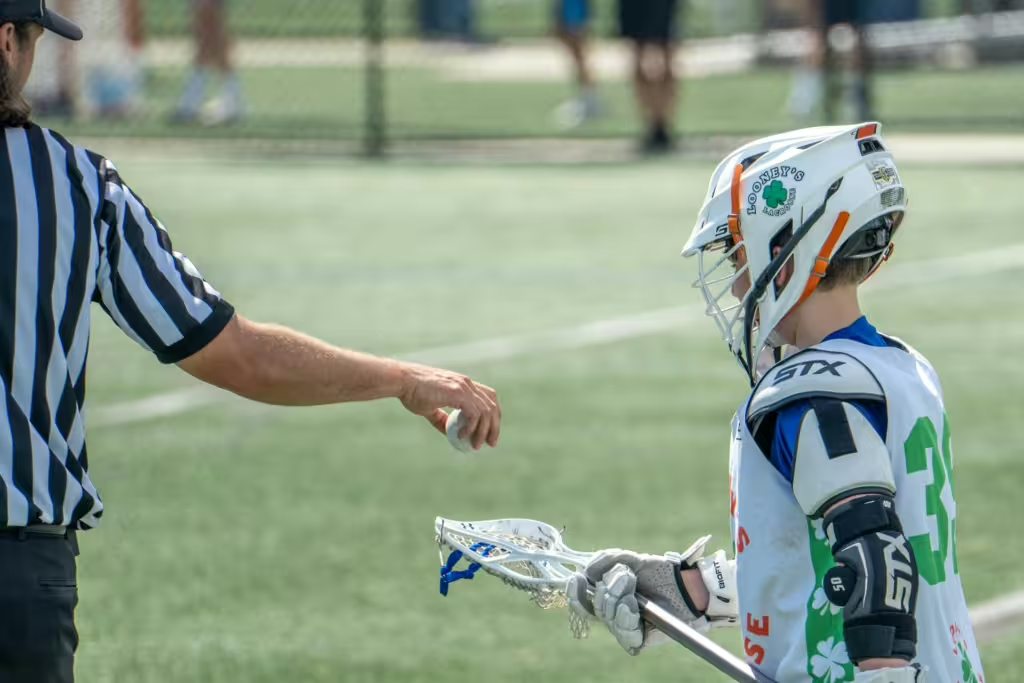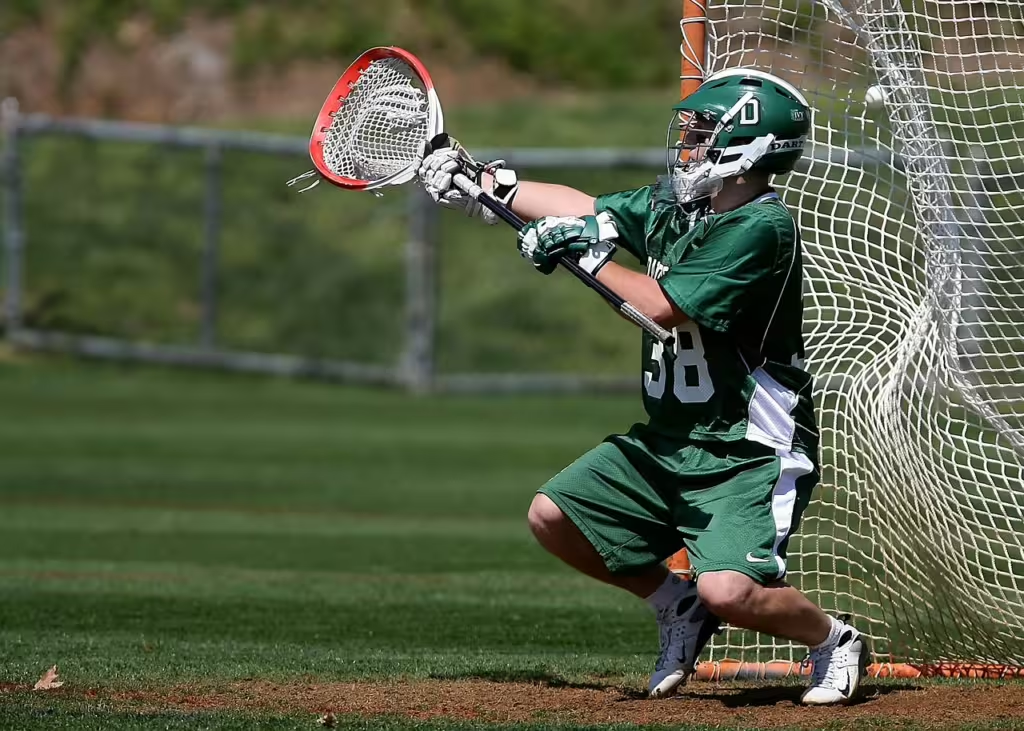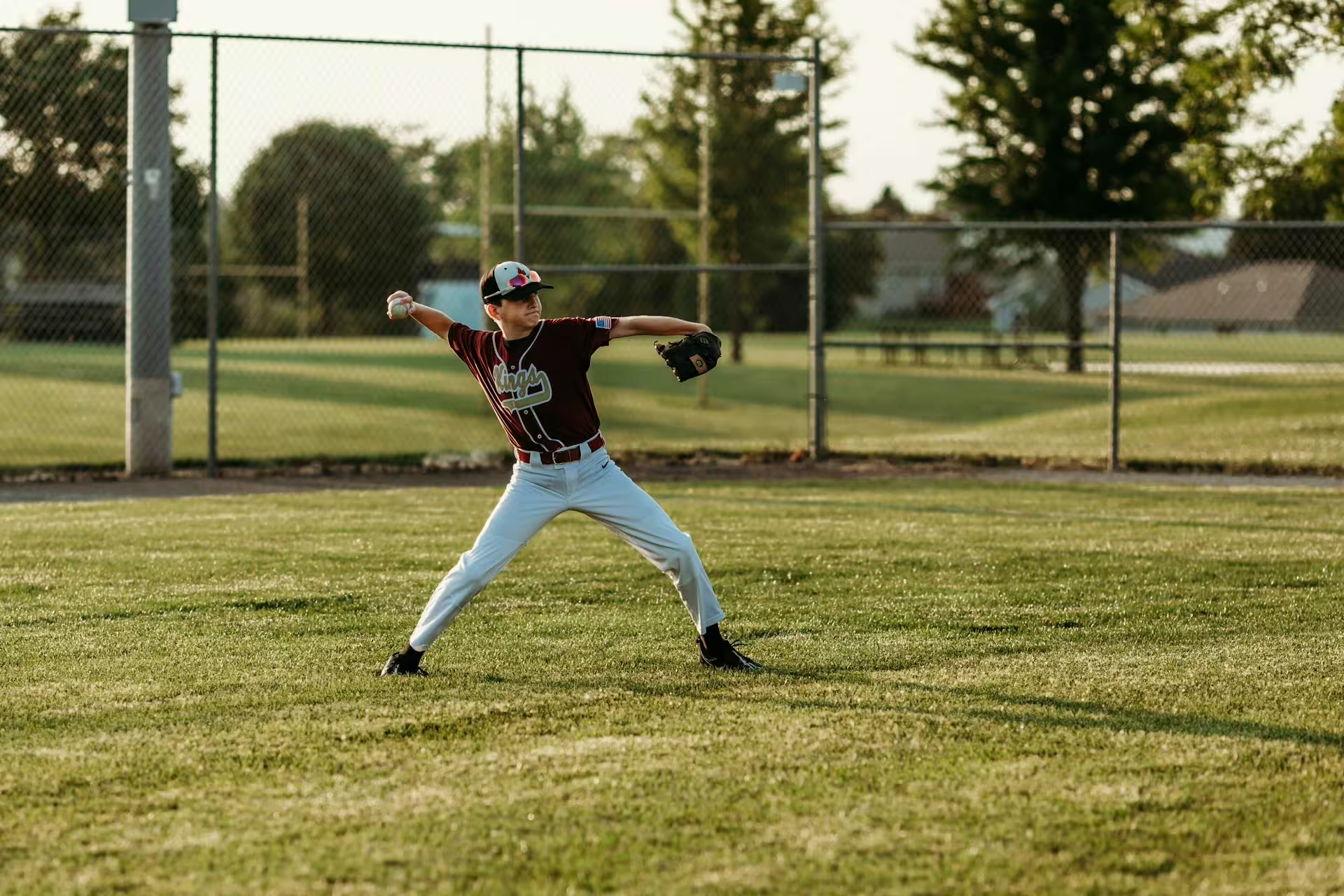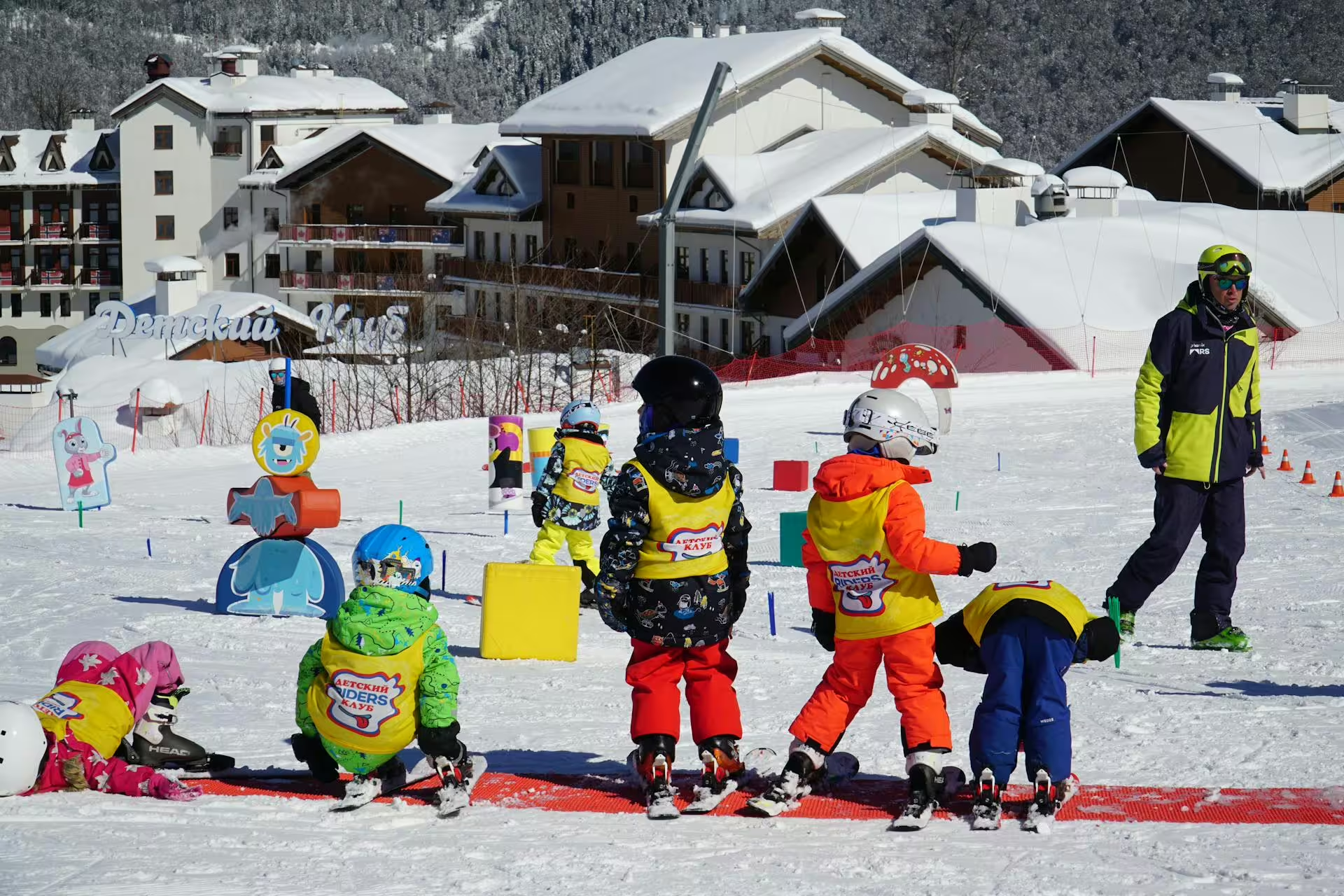When one thinks of youth sports, the most common disciplines that come to mind are usually soccer, basketball, gymnastics, and baseball; and frankly, that’s because these sports are the ones that get the most press. For many years now, those traditional modalities have dominated the youth sports scene. However, another game has begun to creep up in popularity all over the United States in recent years and it’s one that can actually trace its roots back to this country’s first inhabitants; the Native Americans. We are speaking, of course, about lacrosse.
Lacrosse, or “lax” as it sometimes colloquially called, has quietly surged in popularity across the United States: lacrosse. With its fast pace, team-driven strategy, and deep cultural roots, lacrosse is now one of the fastest-growing youth sports in the country—and it’s capturing the hearts of young athletes and their families alike.
For parents looking to introduce their kids to a new sport—or simply understand what all the excitement is about—this article explores the rich history of lacrosse, the reasons behind its modern resurgence, and why it might just be the perfect fit for your child.

The Origins of Lacrosse: More Than Just a Game
Lacrosse is far from a new sport. In fact, it’s one of the oldest team sports in North America, with origins tracing back centuries before European settlers arrived.
Native American Roots
The original version of lacrosse was first conceived of and played by Native American tribes in around the 12th century. It was played by the Haudenosaunee (Iroquois) and the Choctaw, among others. Each tribe had a different name for it in their own language, for example, the Haudenosaunee, called it “dehuntshigwa’es” which meant, they bump hips. The Choctaw, meanwhile, called it simply “stickball” or some derivation of that in their native tongue. Rules varied from tribe to tribe, but the essence of the game remained the same. In all forms, lacrosse was meant to be a contest of strength, speed, and spiritual purpose for Indigenous people.
That’s right, to the Native Americans, lacrosse was more than just a simple sport—it was a ceremonial and cultural practice. In those days, lacrosse games could stretch for days and be played by hundreds of men across miles of land. Tribes would play as a means of settling disputes, honoring the Creator and the spirits, communing with the ancestors, or simply preparing for war.
European Adaptation and Evolution
In the 1600s, the sport was witnessed by French Jesuit missionaries. They were the ones who gave the sport its common name, lacrosse, which is derived from the French word for “stick.” Settlers started getting into their version of the game soon after and two centuries later, Canadian settlers decided to officially formalize the sport. Lacrosse was born with a set of standardized rules, smaller team sizes, and more clear-cut field dimensions. The codified rules for lacrosse were published in 1867 and before long, Canadians and those from the Northwestern U.S. began to play in certain prep schools and colleges.
Kids played too, of course, but those games were pick-up matches between groups of children, not the formal version of the sport that is played today. In time, lacrosse evolved into several distinct forms: box lacrosse (indoor), field lacrosse (outdoor), and women’s lacrosse.
The Rise of Youth Lacrosse in the U.S.
According to USA Lacrosse, more than 80,000 people currently play lacrosse in the the United States. That number has allegedly triples over the past two decades and it is said that youth lacrosse players make up more than half of that impressive sum. In the past, Maryland, New York, and Massachusetts were the main hubs for youth lacrosse, but love of the sport has since spread to Texas, California, Colorado, and Florida. One of the largest drivers of this remarkable rate of growing interest has to do with accessibility. More people than ever can play lacrosse in middle school high school, college, or independent youth leagues, camps, and more.
What Makes Lacrosse Stand Out?
Lacrosse has often been described as “the fastest game on two feet,” due to the fact that is as high-energy as soccer, hockey, or even basketball. Children who enjoy constant movement and fast transitions will find lacrosse to be quite stimulating, as there are few dull moments in any given lacrosse game. It’s the type of game that keeps everyone from players to spectators on their toes.
At the same time, lacrosse can be quite skill intensive. Kids need to have good agility, upper and lower body strength, hand-eye coordination, and spacial awareness. They must also be good at communicating and working in tandem with their team. As with soccer and hockey, every player on the team has a role to play and they must do it well if everyone is to succeed. This also means that there is a strong element of team culture inherent in the sport, which explains why Native American communities used it to prepare for great battles on the horizon.
Children who play lacrosse will benefit from enhanced muscle tone, cardiovascular health, and improved reflexes. This will all work toward creating better physical fitness and confidence, as well.

What Parents Should Know Before Signing Up
If you think that lacrosse might be the sport for your child, there are a few things you should keep in mind before getting started:
Equipment Needs
Unlike soccer, which needs very few pieces of equipment to play, lacrosse requires a bit more of an investment; especially if you want your child to be perfectly safe as they play. Despite the need for highly-specific gear, lacrosse starter packages are widely available and many leagues offer rental options.
Boys’ field lacrosse includes the following gear:
- Helmet
- Shoulder and arm pads
- Gloves
- Mouthguard
- Cleats
- Stick
Girl’s lacrosse needs those items, but may not require a helmet, shoulder pads, of gloves. It all depends on how full-contact the version of the sport is. In any case, girls will still need:
- Protective goggles
- Mouthguard
- Cleats
- Stick
Note that children who serve as goalies in either modality will require additional protection, including chest protectors and throat guards.
Age Divisions and Levels
Worried your child is too old or too young to compete? Don’t fret, most leagues offer age-based divisions such as:
- U6 (under age 6)
- U8, U10, U12, U14
- High School (grades 9–12)
For those may be wholly unfamiliar with lacrosse, some leagues offer “learn to play” programs for absolute beginners. Such programs tend to eschew the more competitive elements of the sport, shifting the focus towards fun, fundamentals, and skill-building.
Time Commitment
Parents should be aware that, as with many youth sports, lacrosse can require some measure of time commitment; on the part of the player and their family. Most leagues will vary in this level of commitment, however, so you may have to shop around for one that fits your needs. For example, community leagues may only meet once or twice a week, while competitive travel teams will likely have full-time practice and play throughout the year and across seasons. As always, it’s important that parents seek out the right league for their family’s schedule and budget.
Common Concerns—and Reassurances
Is Lacrosse Too Rough?
Certainly, boys’ lacrosse does includes some contact between players, but it is much more regulated and far less aggressive than some would have you believe. Remember, game officials are there to enforce the rules and to protect players; they will help keep everyone safe, as will the safety equipment. Girls’ lacrosse involves even less physical contact and is more about running, passing, teamwork, and positioning than anything involving fisticuffs. If you have concerns, don’t be afraid to ask your local league about safety policies.
Is It Too Late to Start?
Don’t worry if your child is a bit older when they get involved in lacrosse. As it turns out, many kids try lacrosse for the first time in middle school or even high school.
Is It Expensive?
While some pieces of gear and travel costs can add up here and there, many recreational leagues offer affordable alternatives for those who want to be involved but cannot afford it. If you want to cut costs, try out used equipment swaps and look into financial aid programs through organizations like USA Lacrosse.

Cultured Athlete Says…
As you can see, lacrosse is a dynamic, engaging sport that can trace its history back to the very first inhabitants of this country. As far as youth sports go, you could find far worse than the exciting, inclusive, and tradition-rich game that’s taking the US by storm.
Parents that are ready to take the plunge should first visit websites such as USA Lacrosse in order to find a league nearest them. Their league finder tool can help you to locate community leagues, clinics, or camps in your area. If you want to try it out once before investing too much time or money into the sport, be advised that many programs offer free “try lacrosse” days and clinics where kids can borrow gear and get a feel for the sport. While you’re there, take a moment to talk to the coaches, other parents, and even older players. Any of those people will be offer up some insight into their experience with the game and may help parents to get a feel for the overall vibe.
Discover more from CulturedAthlete
Subscribe to get the latest posts sent to your email.






